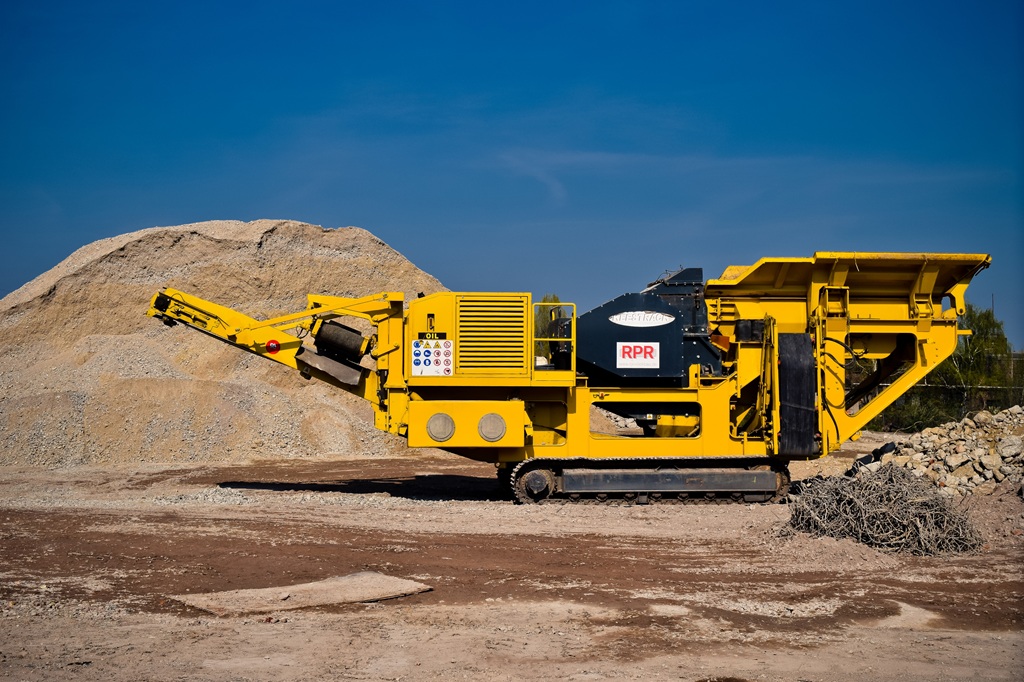Mega construction projects are ambitious undertakings, pushing the boundaries of engineering and human ingenuity. But when these projects are situated in extreme climates, the challenges multiply exponentially. From scorching deserts to icy tundras, builders must contend with nature’s fury to realize their vision.
Let’s explore some of the biggest hurdles faced when constructing mega projects in these unforgiving environments:
1. Extreme Temperatures: A Constant Battle
Scorching Heat: In deserts and tropical regions, soaring temperatures can cause materials to degrade rapidly, equipment to overheat, and workers to suffer from heatstroke. Concrete curing becomes problematic, and asphalt can soften and deform.
Freezing Cold: In polar or high-altitude regions, sub-zero temperatures can cause materials to become brittle, machinery to malfunction, and ground to freeze, hindering excavation and foundation work. Concrete pouring becomes a race against time before it freezes.
Solutions:
Innovative Materials: Utilizing materials with high thermal resistance, like specialized concrete mixes and insulation, can help regulate temperatures.
Adaptive Construction Techniques: Scheduling work during cooler parts of the day, using shaded work areas, and employing cooling vests for workers in hot climates, or heated enclosures and insulated clothing in cold climates.
2. Unpredictable Weather: Nature’s Wild Card
Extreme climates are often characterized by unpredictable weather patterns, including:
Sudden Storms: Heavy rains, strong winds, and flash floods can disrupt work, damage equipment, and create safety hazards.
Blizzards and Whiteouts: In polar regions, blizzards can bring construction to a standstill, reducing visibility and making travel impossible.
Sandstorms and Dust Storms: In deserts, these storms can damage equipment, reduce visibility, and create respiratory problems for workers.
Solutions:
Robust Weather Monitoring: Utilizing advanced weather forecasting systems and on-site monitoring to anticipate and prepare for extreme weather events.
Flexible Scheduling: Building flexibility into project schedules to accommodate potential weather delays.
Protective Measures: Securing equipment and materials, creating windbreaks, and providing protective gear for workers.
3. Challenging Terrain and Logistics
Remote Locations: Many extreme climate regions are remote, making access difficult and transportation of materials and equipment costly.
Difficult Terrain: Mountainous regions, permafrost, and shifting sand dunes can pose challenges for site preparation and foundation construction.
Solutions:
Advanced Planning and Logistics: Careful planning of transportation routes, utilizing appropriate vehicles, and establishing on-site storage facilities.
Specialized Construction Techniques: Employing techniques like aerial tramways for material transportation in mountainous areas or using ground improvement methods in permafrost regions.
4. Environmental Sensitivity
Extreme climates often harbor fragile ecosystems. Mega projects must minimize their environmental impact:
Protecting Biodiversity: Conducting thorough environmental impact assessments and implementing mitigation measures to protect sensitive flora and fauna.
Waste Management: Implementing strict waste management and recycling programs to minimize pollution.
Sustainable Practices: Utilizing renewable energy sources, conserving water, and minimizing carbon footprint.
Solutions:
Collaboration with Environmental Experts: Working closely with environmental scientists and engineers to develop sustainable construction practices.
Community Engagement: Engaging with local communities to understand environmental concerns and ensure the project benefits the local population.
Conquering the Extremes
Building mega projects in extreme climates demands resilience, adaptability, and a deep respect for nature. By embracing innovative technologies, sustainable practices, and meticulous planning, we can conquer these challenges and create enduring structures that withstand the test of time and the elements.

